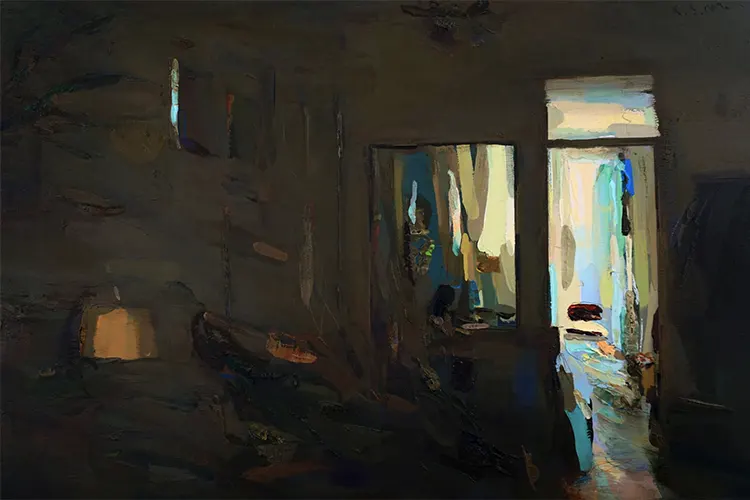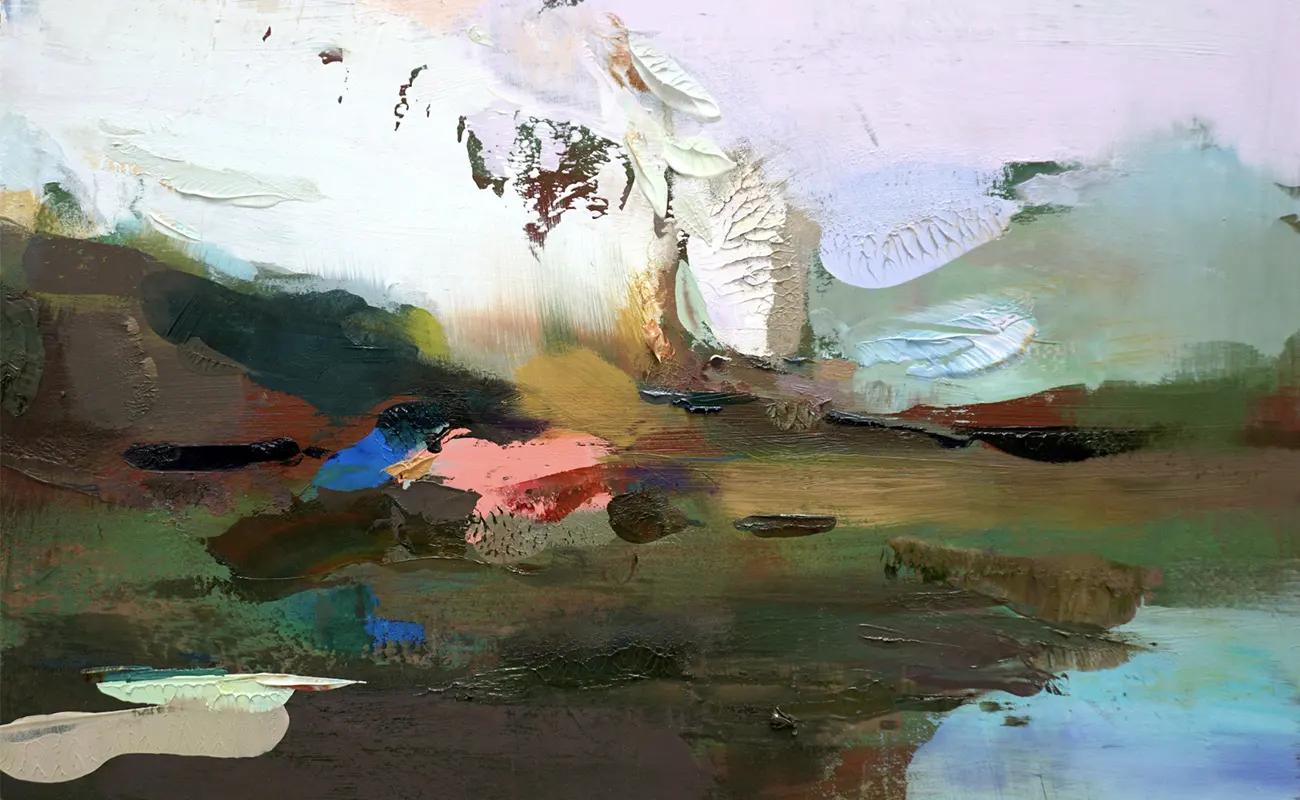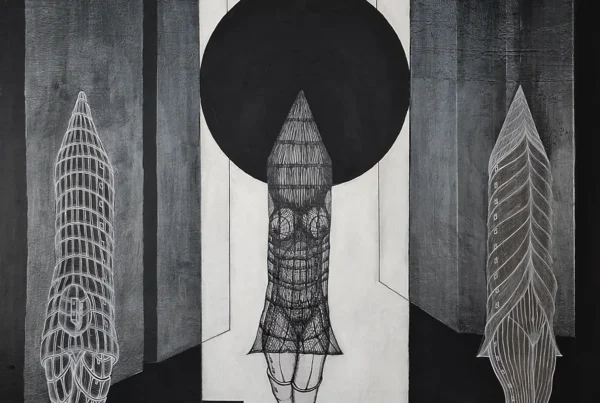“It is a perfect example of how the painter’s eye and approach can turn anything into a great subject.”
The Inspirations and Influences of Carlos San Millán
Carlos San Millán, born in 1969, stands is a Spanish painter whose artistic journey began with an intriguing blend of academic pursuits. His academic career kicked off in the Architecture Superior School in Valladolid, where he spent a few years before shifting his focus to design. This transition led him to acquire a degree in Design from the University of Basque Country Fine Arts School in 1995. It wasn’t until 2005, a decade after his graduation, that San Millán dedicated his career to professional painting, presently practicing his craft in his native Spain.
A significant autobiographical aspect is intricately woven into the tapestry of San Millán’s paintings. Often, his subjects are derived from his immediate surroundings, his closest reality, reflecting his belief in the abundance of universal significance found in the mundane. This philosophy, however, leads to his work being perceived as a perpetual quest – one that can occasionally evoke frustration. San Millán is perpetually driven to achieve an optimal mode of representing subjects and matter, a pursuit that may be construed as an obsession.
His fascination with interiors, spaces, and gardens, observed in many of his works, could be traced back to his tenure at the Architecture school. This period was instrumental in honing his drawing skills and molding his unique artistic perspective.
The course of San Millán’s career progression may be viewed as a process of elimination. He initially explored design but soon realized that his interest was restricted to its aesthetic aspect rather than its creative potential. Subsequently, he ventured into illustration, dedicating a few years to the advertising industry. This experience further clarified his artistic inclination, and he determined that painting was the most resonant medium through which he could express himself.
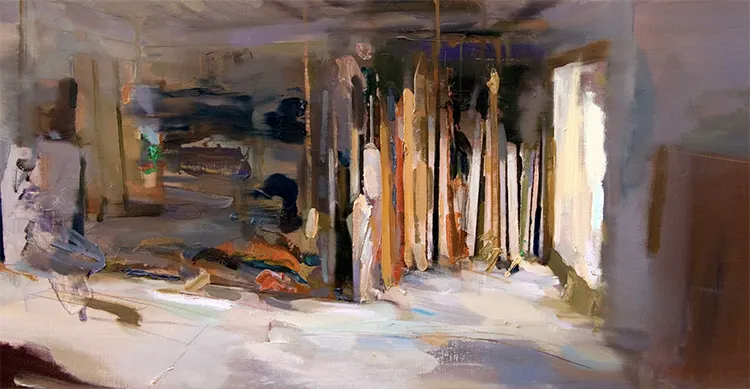
Mastering Light and Atmosphere: Carlos San Millán’s Artistic Quest
Carlos San Millán’s medium of choice is oil due to its unparalleled color stability. Once dried, the subtle hues he painstakingly crafts remain almost unchanged, a characteristic he values greatly in his pursuit of artistic expression. His experimentation with acrylic, while enlightening, often led to unexpected results. As acrylic dries, it significantly darkens, leading to a loss of saturation that San Millán found challenging to anticipate during his creative process.
Regarding his choice of surfaces, San Millán demonstrates a preference for rigid platforms such as wood or canvas affixed to a board. This predilection is motivated by his fondness for large palette knives, tools which require a sturdy backdrop to fully exhibit their potential.
The artist’s primary objective is to master the depiction of light and atmosphere using only the most essential means. In this quest, drawing serves as the foundational element of his process. Always eager to evolve his artistic expression, San Millán continuously experiments with new prints, brush strokes, and marks. His objective is not merely to diversify his techniques but to minimize his interventions. This deliberate restraint ensures the preservation of spontaneity and freshness within his work, capturing the fleeting beauty of the moment on his canvas.
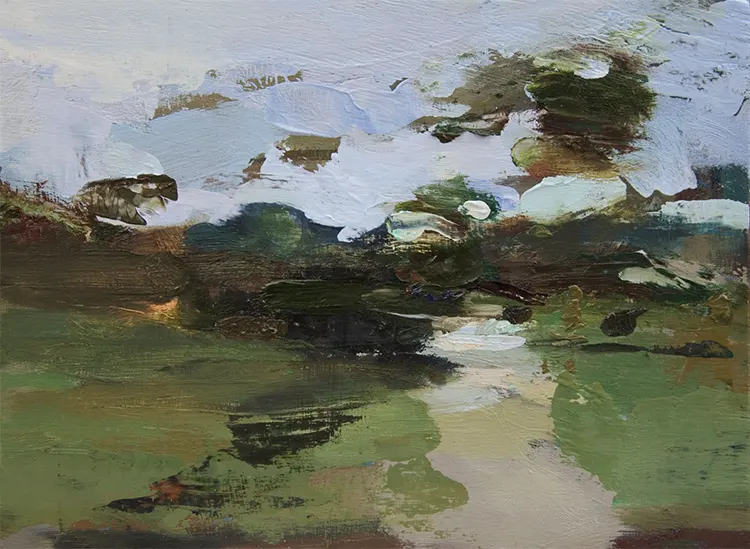
Carlos San Millán’s Medium of Choice: The Enduring Allure of Oil
The creative landscape of Carlos San Millán draws inspiration from an eclectic array of accomplished artists. The significant imprint left by contemporary figures such as Antonio Lopez Garcia, Avigdor Arikha, Ewan Uglow, and Lucien Freud is palpable in his work. These contemporary masters, with their extraordinary ability to unearth the enigma of the physical world through their art, have profoundly informed San Millán’s approach. Moreover, the echoes of abstract and conceptual luminaries like Rothko, Richter, and Schnabel subtly permeate through his canvases.
The seminal moment in San Millán’s artistic journey, however, was his encounter with a Velazquez painting at El Prado in Madrid. This experience, etched deeply in his memory, left him in awe of Velazquez’s remarkable talent to portray reality with a minimal yet impactful sweep of the brush.
The disciplined rhythm of San Millán’s work routine reflects his professional ethos. The artist allocates his mornings to painting, leveraging the optimal daylight that floods his studio. Meanwhile, afternoons are devoted to other integral tasks such as engaging with social media followers, responding to correspondence, and managing logistics.
A key component of San Millán’s creative process is his fondness for classical music. This constant auditory companion during his painting sessions has evolved into a ritualistic practice, setting a harmonious rhythm and cultivating a conducive atmosphere for the birth of his artistic creations.
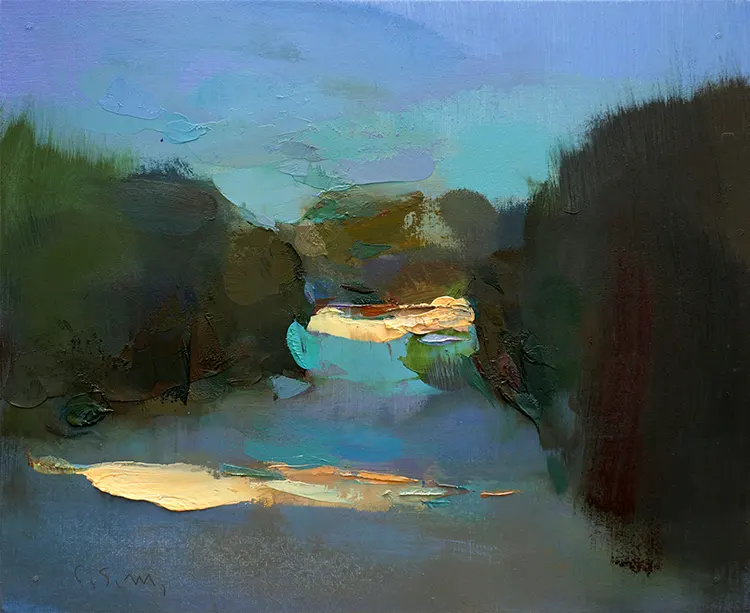
The Transformative Power of Art: Carlos San Millán’s Vision
In the artistic realm, the piece ‘Ventana grande, 1972-73’ by Antonio López García serves as an iconic beacon of pedagogy in painting. It seemingly elevates an everyday, even banal subject into a display of mastery on a large canvas. Minimal means were deployed by García in the creation of this work; yet it radiates a delicate equilibrium. The painting may bear an incomplete aesthetic, but this in no way detracts from its impeccable blend of color, light, and the representation of material substance. This piece stands as testament to the transformative potential inherent in the gaze and approach of the artist.
Regarding the future trajectory of Carlos San Millán’s artistic endeavors, an abundance of thoughts populate his mind. Predominantly, these ideas stem from an escalating urge to streamline his artistic process – a desire that intensifies with age. This can involve a reduction in the array of colors on his palette, the elevation of the role of drawing in his work, or an emphasis on its expressive potential, among others. Such modifications coax San Millán further down the path of abstraction, a trajectory that should naturally appeal to the evolving figurative artist who strives to communicate more with lesser elements.
Nevertheless, he is also contemplating the augmentation of his painting dimensions. Such an expansion, however, requires a considerable investment in learning and practice, a commitment that challenges San Millán’s current temporal constraints. Despite his bustling schedule, he recognizes the need to allot the necessary time for this developmental process, although the implementation of this vision must be deferred for the moment.
